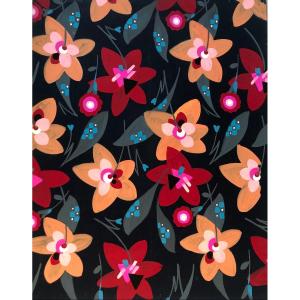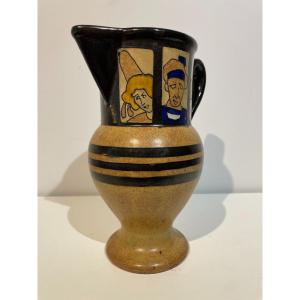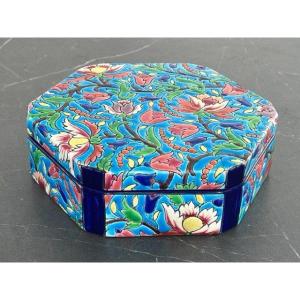Polychrome earthenware.
Circa 1930.
Restoration at the neck.
Height: 33 cm.
Émile Just Bachelet (1892-1981) studied at the École des Beaux-Arts in Nancy until 1912, where he studied drawing under Jules Larcher and sculpture under Ernest Bussières. He then studied at the École Supérieure des Beaux-Arts in Paris. He was one of the sculptors who worked extensively on war memorials at the end of the First World War. From 1920, he exhibited at the Salon des Artistes Français. At the end of the 1925 Exposition des Arts Décoratifs, Émile-Just Bachelet received a gold medal for his collaboration with Henriot. It was through Mathurin Méheut that Bachelet joined the factory. What is less well known is that Émile Just Bachelet and Louis-Henri Nicot were the first artists who would enable the Henriot factory to launch into the production of earthenware statuettes. In Quimper, Bachelet dealt with religious subjects or illustrated daily life. His collaboration with the Henriot factory took place between 1924 and 1930, knowing that the majority of the models were created in the first two years. But Bachelet did not only collaborate with the Henriot factory. He also worked at the Lunéville earthenware factories, for Mougin in Nancy, for St Clément and at the famous Manufacture de Sèvres where he is cited from 1931 to 1936 as a sculptor. Apart from his rich collaboration with Quimper, Émile-Just Bachelet led a brilliant national career.


































 Le Magazine de PROANTIC
Le Magazine de PROANTIC TRÉSORS Magazine
TRÉSORS Magazine Rivista Artiquariato
Rivista Artiquariato